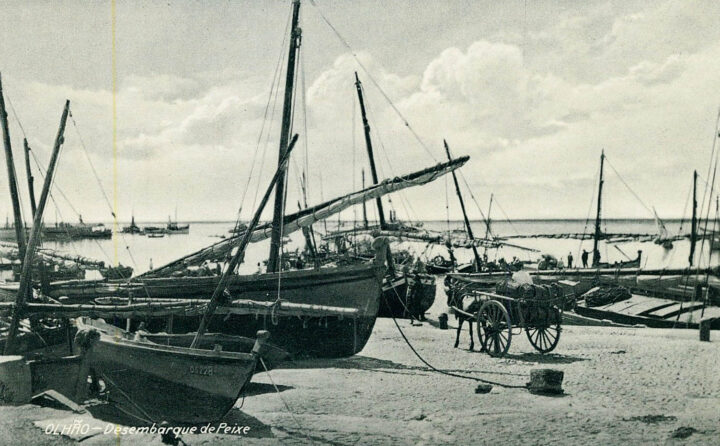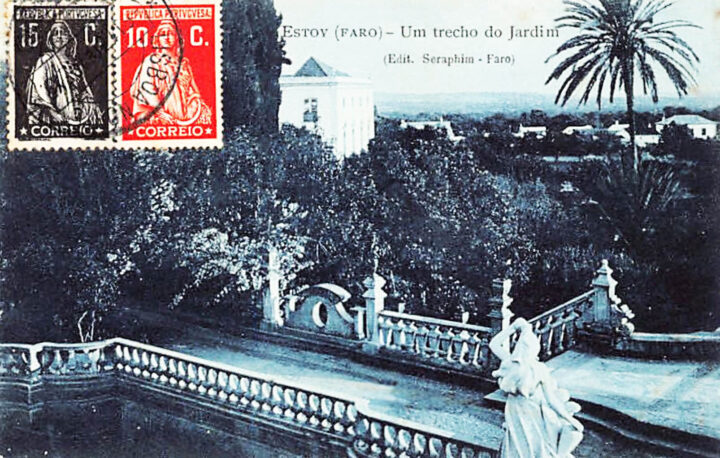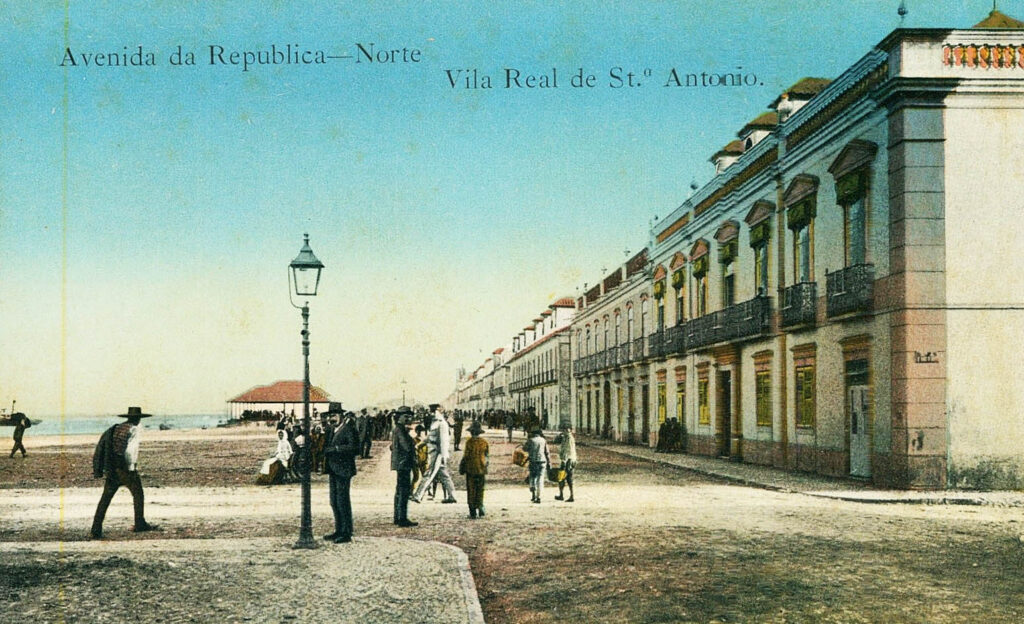90 years ago, the night of October 9th was fearful for most and panic for many more. The sky seemed to want to fall over the heads of everyone who went out into the street or even looked at it from the doorstep – a shower of stars, in the truest sense of the word, crossed the skies for a few hours.
The phenomenon was obviously not restricted to the Algarve, it was witnessed throughout the country (or rather, in places where there was no cloud cover), as well as in Europe, in France, Italy, Germany, Belgium or Spain.
Without light pollution, because very few locations had electric public lighting, the sky had a different visibility, further contributing to the astonishment of the population.
To all this was added the illiteracy, king and lord of the country, of which the Algarve was no exception, meaning that unusual event could only be the harbinger of great catastrophes or even the end of the world.
In the north of the country, there were places where the bells rang, the faithful rushing to the churches, which quickly filled up, while on the Minho and Douro railway line, passengers wanted to abandon the trains they were traveling on, afraid of " dreadful calamities” that they believed were imminent.
The correspondent for «Diário de Notícias» (DN) in Porto described in detail what he saw in that city, which was not dissimilar to what was seen in the Algarve: «the phenomenon was recorded in an unusual way, giving the impression that the celestial panorama It changed every moment, due to a rhythmic and conjugated movement of thousands and thousands of stars. Visible here and there, in greater or lesser quantity, those myriads of luminous sparks slowly dissolved, in a shower of gold and a dust of light, not even giving enough time to be able to fix the same aspect for more than one or more two seconds". A constantly moving sky contrasted with the normal stillness of every night.
Both DN and «O Século» gave wide prominence to the event in the following days, contextualizing it from a scientific point of view, with the knowledge of the time, and including news from the most varied locations in the country, including the Algarve.
The Olhão correspondent wrote: «in Faro and here, around 21 p.m. A real shower of stars began to be seen and a white stripe was visible on the water line. Shortly afterwards, an enormous fog rose, so dense that it was difficult to distinguish the lights. The fishing boats returned quickly. Around 21pm and 15pm, the phenomenon repeated itself».
Further to leeward, in Vila Real de Santo António: «at the beginning of the night, the astronomical phenomenon was observed here, which caught the attention of many people. Then a very dense fog lifted.”

The correspondent from Monchique was more enlightened and detailed: «In Monchique, the “rain of stars” was also admired. The phenomenon had the following characteristics there: to the west of Ursa Major, a center of movement was established, invisible at least to the naked eye, from which hundreds of shooting stars radiated in all directions, like sparks jumping from a wheel of fire. in a rapid rotation movement. Sometimes, there was the impression that some of these stars crossed the atmosphere in a zigzag pattern, as they appeared, disappeared and returned to streak across the firmament further on; others, in turn, left luminous trails in the space, which only disappeared after two minutes. Many people went out into the street, to contemplate the spectacle, and, as always, those who thought the end of the world was near.
There was also news from Santa Bárbara de Nexe, São Brás de Alportel and Paderne. In this last village, the elderly remembered a similar phenomenon, which had occurred “about fifty years ago”. In Estoi, the prodigy was observed for three hours.
Also in Alte, «the curious phenomenon of the rain of stars (…) was observed by many people, with many people assuming, mainly from the countryside, that the time for “Judgment Day” had arrived…».
What is certain is that anyone who witnessed the phenomenon never forgot it. That night, around 20 meteorites per hour will have crossed the skies, coming from the comet Giacobini-Zinner, which is why they are known as Giacobinidas, or even Draconids, as they appear from the northwest, from the constellation of Dragão, as reported by the correspondent from Monchique.

Despite being an annual event, a torrential shower of stars like that of 1933 has not been repeated since then.
For all those who believed that the phenomenon foreshadowed catastrophes and was a sign of wars, these were not long in coming: the civil war in Spain, as early as 1936; and three years later World War II.
Anticipating the latter, on January 25, 1938, another singular phenomenon once again sowed panic and terror among many Portuguese people and those in the Algarve in particular.
In the cold and dark night, the sky turned red, the color of fire, from which incandescent white and green light rays emanated, something never seen in these latitudes.
It was just an aurora borealis crossing the skies of Portugal, but that ignored the majority, and for the ignorant mutinous mob it could only be the apocalypse and the end of the world...
But this is another story and another phenomenon, rarer than the first.
Because the Draconid meteor shower is annual and unpredictable, who knows if the phenomenon will repeat itself at the beginning of the night? Either way, it will be worth looking at the sky. Good luck!



















Comments